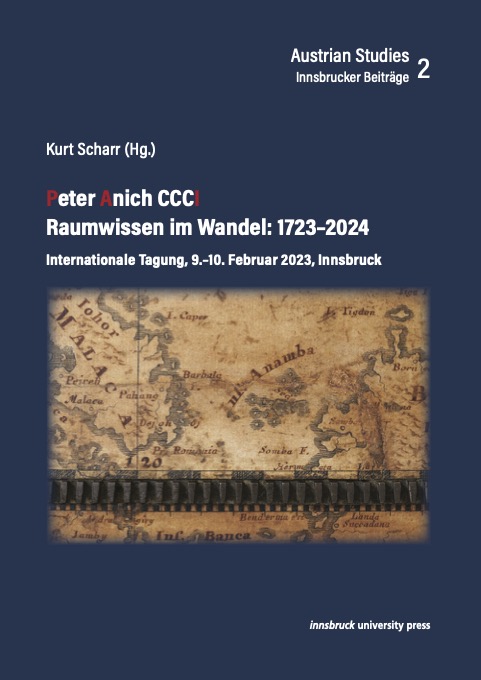Himmelsgloben und ihre Astronomische Bedeutung bei Peter Anich
DOI:
https://doi.org/10.15203/99106-138-0-06Abstract
The celestial globe has been known and used as sky model and scientific instrument since antiquity. Since the Renaissance period, celestial and terrestrial globes have often been created in matching pairs. But only the globe stands and optional further accessories turn the globe into an instrument. Peter Anich has also been known as globe maker. A pair of large globes with clock drives has been preserved. The celestial map has been based on Johann G. Doppelmayr’s (1677–1750) Atlas Coelestis (1742) but slightly modified. This set of maps was also the template for the celestial globes in Anich’s later series of smaller globes which were created using printed globe gores. These globes show a rare additional instrument, the astrodicticum simplex, which Anich implemented from another work of Doppelmayr, his German edition of Nicholas Bion’s instrument book (1721). This instrument, attached to the globe, helped lay people identifying stars in the sky.
Downloads
Veröffentlicht
Ausgabe
Rubrik
Lizenz
Copyright (c) 2025 Austrian Studies – Innsbrucker Beiträge

Dieses Werk steht unter der Lizenz Creative Commons Namensnennung - Nicht-kommerziell - Keine Bearbeitungen 4.0 International.



